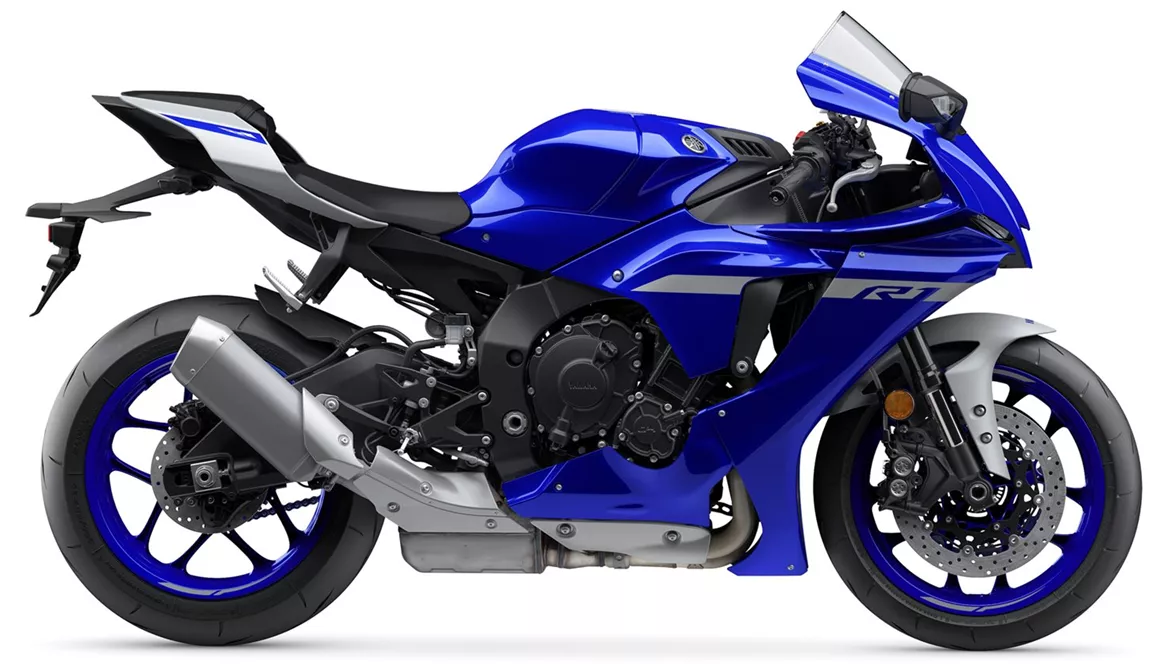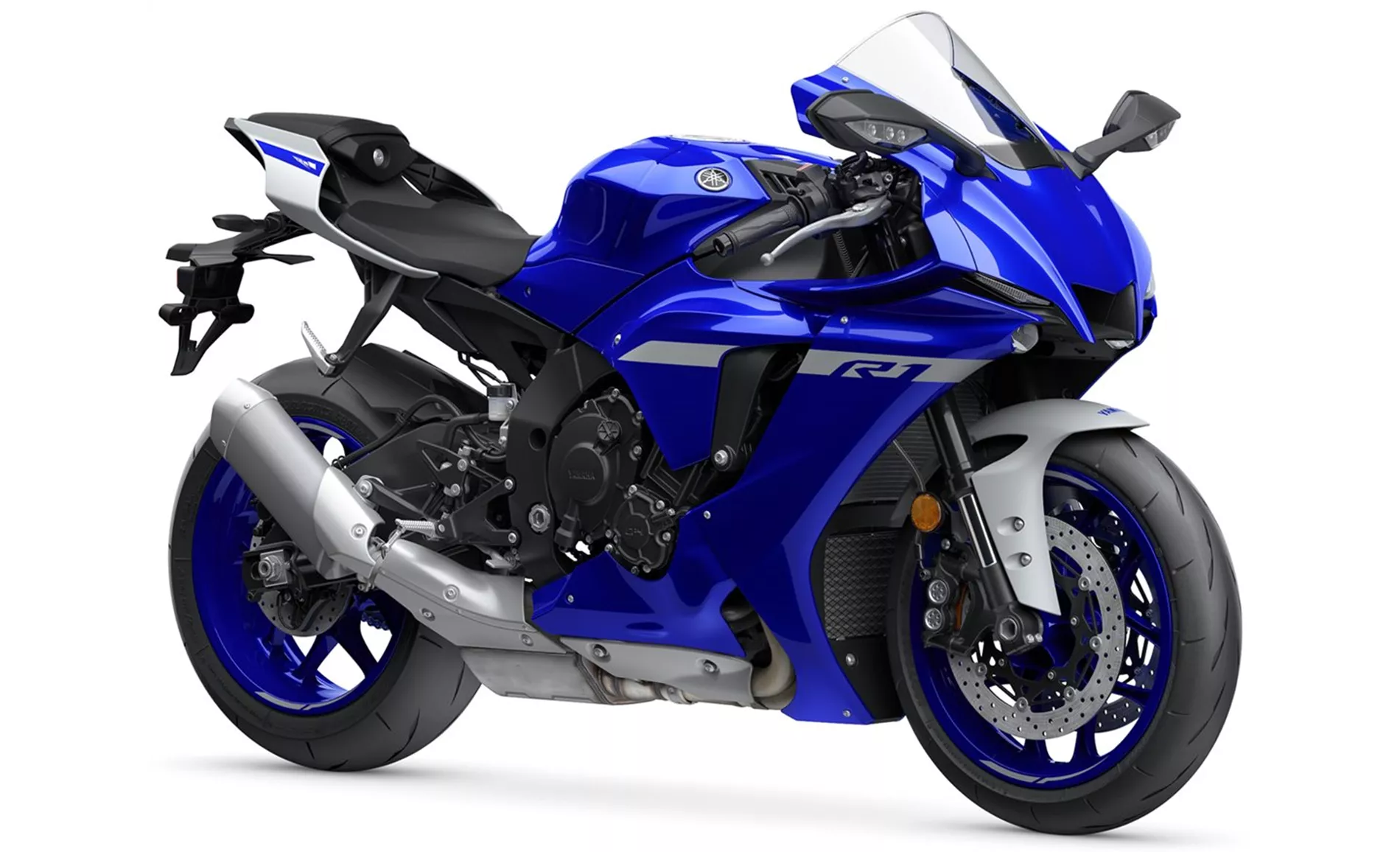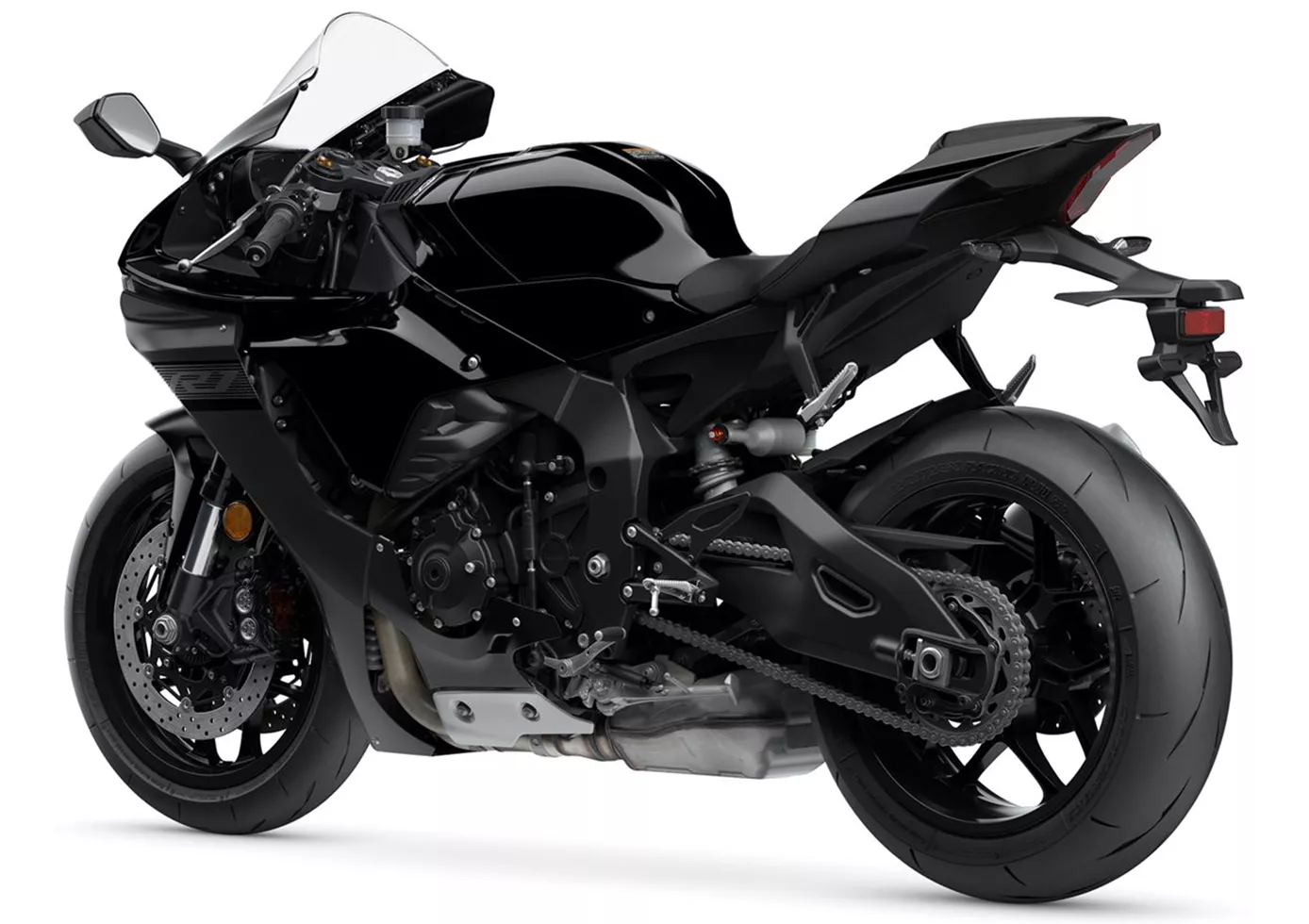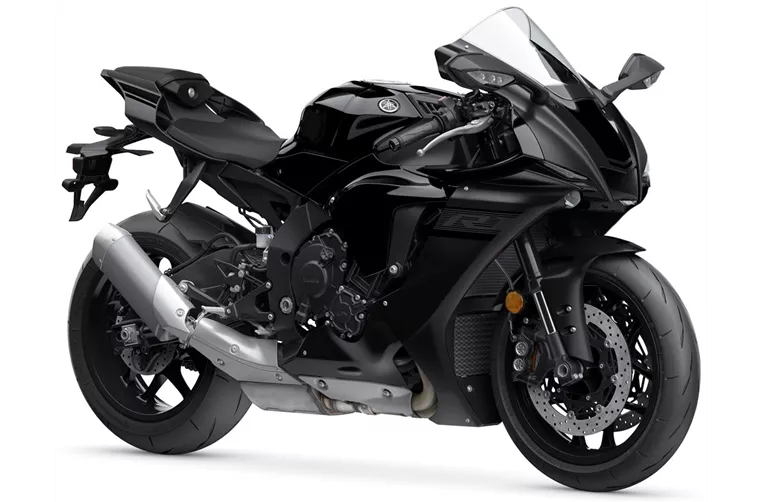BMW S 1000 RR 2015 vs. Yamaha R1 2020

BMW S 1000 RR 2015

Yamaha R1 2020
Visão geral - BMW S 1000 RR 2015 vs Yamaha R1 2020
When comparing the BMW S 1000 RR 2015 and the Yamaha R1 2020, there are several similarities and differences to consider. Both motorcycles are classified as supersport bikes and have similar engine configurations, with a 4-cylinder engine and a displacement of around 1000cc. They also have similar compression ratios, with both models having a ratio of 13.
In terms of engine specifications, the BMW S 1000 RR 2015 has a bore of 80mm and a stroke of 49.7mm, producing a maximum power output of 199 HP and a torque of 113 Nm. On the other hand, the Yamaha R1 2020 has a slightly smaller bore of 79mm but a longer stroke of 50.9mm. It produces a slightly higher power output of 200 HP but a slightly lower torque of 112.4 Nm. Overall, both motorcycles have powerful engines that provide excellent performance on the road.
When it comes to suspension, both motorcycles feature telescopic forks at the front. However, the Yamaha R1 2020 has an upside-down telescopic fork, which is known for providing better stability and control during aggressive riding. In terms of chassis, both models have an aluminum frame, but the BMW S 1000 RR 2015 has a tubular double frame, while the Yamaha R1 2020 has a Deltabox frame. The Deltabox frame is known for its rigidity and lightweight construction, which contributes to better handling and maneuverability.

BMW S 1000 RR 2015
In terms of braking, both motorcycles feature dual-disc brakes at the front. However, there is a slight difference in the overall weight of the motorcycles. The BMW S 1000 RR 2015 has a curb weight of 204 kg (with ABS), while the Yamaha R1 2020 is slightly lighter, weighing 199 kg (with ABS). The difference in weight can have an impact on the overall handling and agility of the motorcycles.
In terms of dimensions, both motorcycles have the same width and diameter for the front and rear tires. They also have a similar wheelbase, with the BMW S 1000 RR 2015 having a wheelbase of 1425mm and the Yamaha R1 2020 having a slightly shorter wheelbase of 1405mm. The seat height of the Yamaha R1 2020 is also higher at 855mm compared to the 815mm seat height of the BMW S 1000 RR 2015.
In terms of fuel capacity, both motorcycles have a similar capacity, with the BMW S 1000 RR 2015 having a fuel tank capacity of 17.5 liters and the Yamaha R1 2020 having a slightly smaller capacity of 17 liters.

Yamaha R1 2020
In terms of strengths, the BMW S 1000 RR 2015 is praised for its excellent gear shifting assistance, incredibly powerful and rev-happy engine, wide range of accessories, and available data logging and race calibration tool. On the other hand, the Yamaha R1 2020 is praised for its powerful engine, clean throttle response, excellent but non-intrusive sound, stable chassis, high-quality electronics, and overall premium feel.
In terms of weaknesses, the BMW S 1000 RR 2015 is noted to have a chassis that can quickly reach its limits in the hands of professionals. The Yamaha R1 2020 is mentioned to have less than satisfactory braking performance on the race track.
Overall, both the BMW S 1000 RR 2015 and the Yamaha R1 2020 are high-performance supersport motorcycles with powerful engines and advanced features. The choice between the two would ultimately depend on the rider's preferences and priorities, such as brand loyalty, desired riding characteristics, and intended use of the motorcycle.
Especificações técnicas BMW S 1000 RR 2015 em comparação com Yamaha R1 2020
Prós e contras em comparação
Prós e contras em comparação
BMW S 1000 RR 2015

A BMW ainda pode marcar pontos com factos concretos em 2015. Se gosta de desempenho de topo, tem de comprar o BMW. Torna-se incrivelmente poderoso no topo e afasta o resto do campo de 200. Os pilotos grandes e pesados poderão se beneficiar ainda mais disso. A BMW não facilitou as coisas para si mesma com esta moto e montou uma moto muito universal. Se fizéssemos um teste comparativo com 50 pilotos diferentes (desde principiantes a profissionais), a BMW teria a melhor média de todas as motos de 1000cc. O chassis eletrónico, mas também as ajudas à condução, tornam os profissionais rápidos e os principiantes seguros na estrada. Uma recomendação de topo para um grupo-alvo muito vasto. Os condutores amadores muito rápidos não ficarão 100% satisfeitos com a suspensão de série. Se não quiser modificar o chassis, deve optar por uma R1M, uma Panigale S ou uma RSV RF. Se quiser converter de qualquer forma, a S 1000 RR é a base mais forte e universal. Surpreendentemente, a potente máquina também anda muito bem em estradas rurais. Em suma, parece um compromisso, mas nunca se sente como tal na prática.
Yamaha R1 2020

A Yamaha YZF-R1 está madura e faz a felicidade de inúmeros pilotos de pista. O motor brilha com leveza e agilidade, a posição do assento surpreende positivamente e o manuseio é radical, mas ainda "adequado para as massas". A máquina imediatamente se destaca visualmente e também por causa do som de aquecimento do coração. Especialmente na estrada rural, a moto pontua com os seus pontos fortes bem conhecidos: grande motor, grande eletrónica, grande pacote! Um verdadeiro prazer de conduzir!
Comparação de preços Preço médio de mercado BMW S 1000 RR vs Yamaha R1
There are a few key differences between a BMW S 1000 RR 2015 and a Yamaha R1 2020. In terms of price, the actual average price of a Yamaha R1 2020 is about 43% higher. A BMW S 1000 RR 2015 experiences a loss of 10.470 BRL in one year of ownership. This is offset by a loss of 8.290 BRL for a Yamaha R1 2020. Compared to Yamaha R1 2020 there are less BMW S 1000 RR 2015 bikes available on the 1000PS.de Marketplace, specifically 8 compared to 9. It takes less time to sell a BMW S 1000 RR with 77 days compared to 86 days for a Yamaha R1. Since model year 2010 1000PS.de editors have written 135 reviews for the BMW S 1000 RR and 80 reviews for the Yamaha R1 since model year 2005. The first review for the BMW S 1000 RR was published on 16/04/2008 and now has more than 4.000 views. This compares to more than 3.900 views for the first review on Yamaha R1 published on 28/04/2003.
























